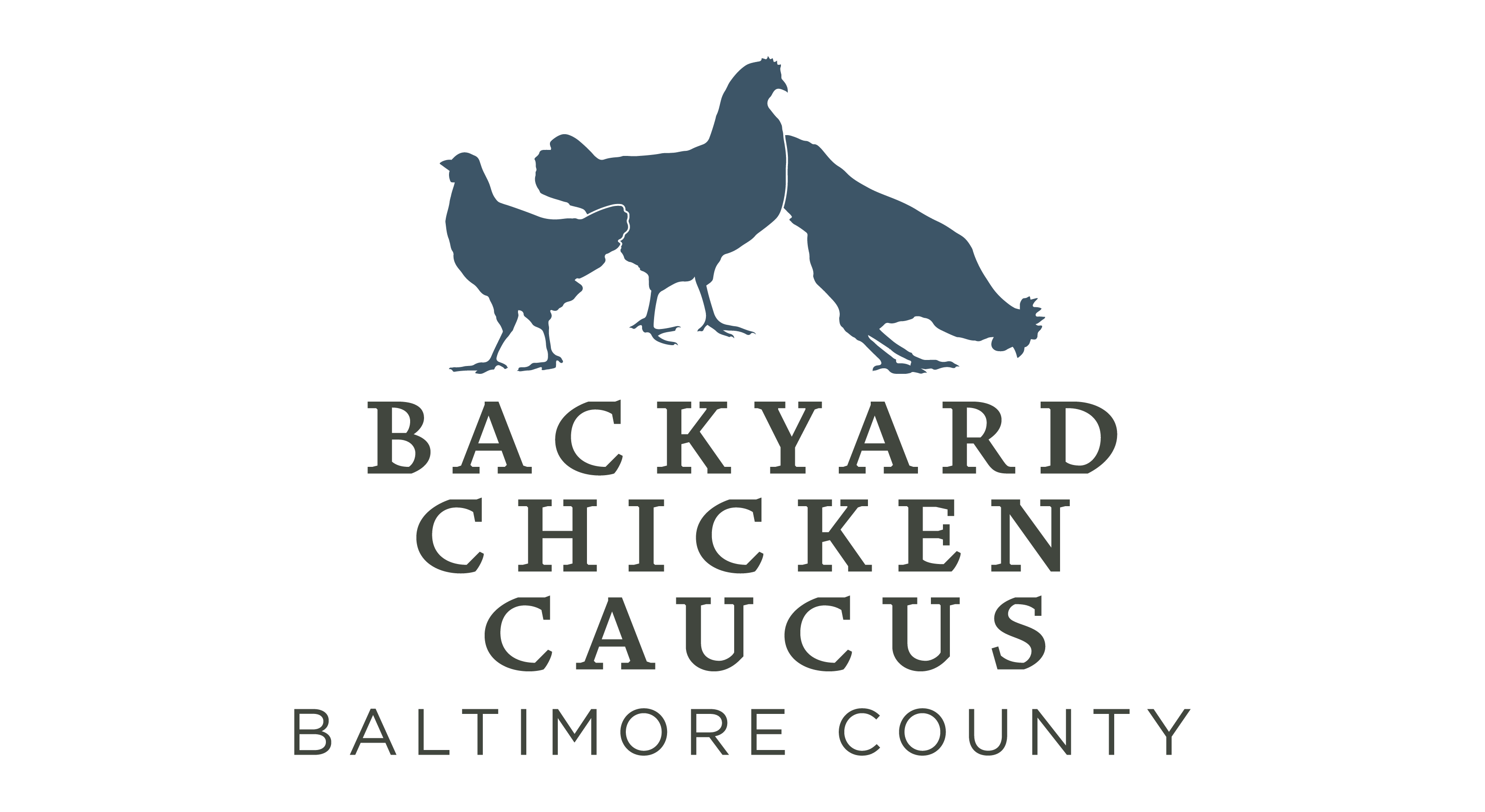LITTER CHOICES
IN THE BROODER
When you first bring baby chicks home, they will need a litter choice in the brooder that provides enough traction for them to move around.
If you received your chicks in the mail, line the bottom of your brooder with puppy pads and paper towels for about the first week of their lives. Newspaper is not recommended due to the fact it is not absorbent and it does not provide enough grip for little chicken feet to walk on. A slippery surface puts chicks at risk of developing spraddle leg. Pine shavings can be used for the remainder of the time that the chicks are in the brooder.
IN THE COOP AND RUN
As the chicks grow older, they will be placed into a coop and run. Below are several, but not limited to, litter options one can use to keep their coop and run clean.
SAND
Sand is a great choice for litter. Do NOT use play sand! The type of sand that you should look for goes by various names—construction sand, river sand, equestrian sand, masonry sand—the main thing to look for is a sand that is natural and made of various particle sizes. You can typically find it at a local quarry or landscaping company.
Sand cuts down on dust issues and works well because it provides excellent drainage and poop can be scooped similarly to how one scoops a cat litter box. It will also keep the coop and run cooler in the summer and warmer in the winter. Chickens enjoy taking dust baths in sand.
The obvious drawback to sand is that it can very heavy and even when using the proper type of sand, it still has the potential to be dusty.
PINE SHAVINGS
Pine shavings are a very popular choice of litter that many chicken owners use. Pine shavings can be found at your local pet store and can be inexpensively bought in bulk from local feed and farm stores. Pine shavings are absorbent and therefore keep a coop from becoming damp or smelly. It is very easy to scoop/change out pine shavings and they can be thrown directly into a compost pile.
When using pine shavings, it is advised to keep a watch on your flock to make sure they are not ingesting the flakes. This can lead to an impacted crop and digestive issues. Smaller pine flakes tend to be more dusty which can pose a danger to respiratory systems. It should also be noted to NOT use cedar shavings as these can be toxic to chickens.
STRAW
Straw has been used for years in chicken coops. It can be easily found and it is an inexpensive litter option. Your chickens will enjoy playing in straw and because straw is hollow, it works well to insulate chicken coops in the winter. Straw is compostable which makes cleaning a coop easier.
Unfortunately, straw has drawbacks that have to be taken into consideration. Because straw is not very absorbent, it needs to be removed and replaced more frequently. Its lack of absorbency can lead to strong odor and a less healthy environment for your chickens. Straw should also be checked for mold that can occur.
Here’s a few additional videos and links that we think you will find helpful:
https://the-chicken-chick.com/chicken-coop-bedding-sand-litter/
https://www.thefeatherbrain.com/blog/best-chicken-coop-bedding
https://www.thehappychickencoop.com/top-5-choices-for-chicken-coop-bedding/
https://www.chickenwhisperermagazine.com/the-chicken-movement/bedding-for-your-chickens
© Copyright 2021. All Rights Reserved.

